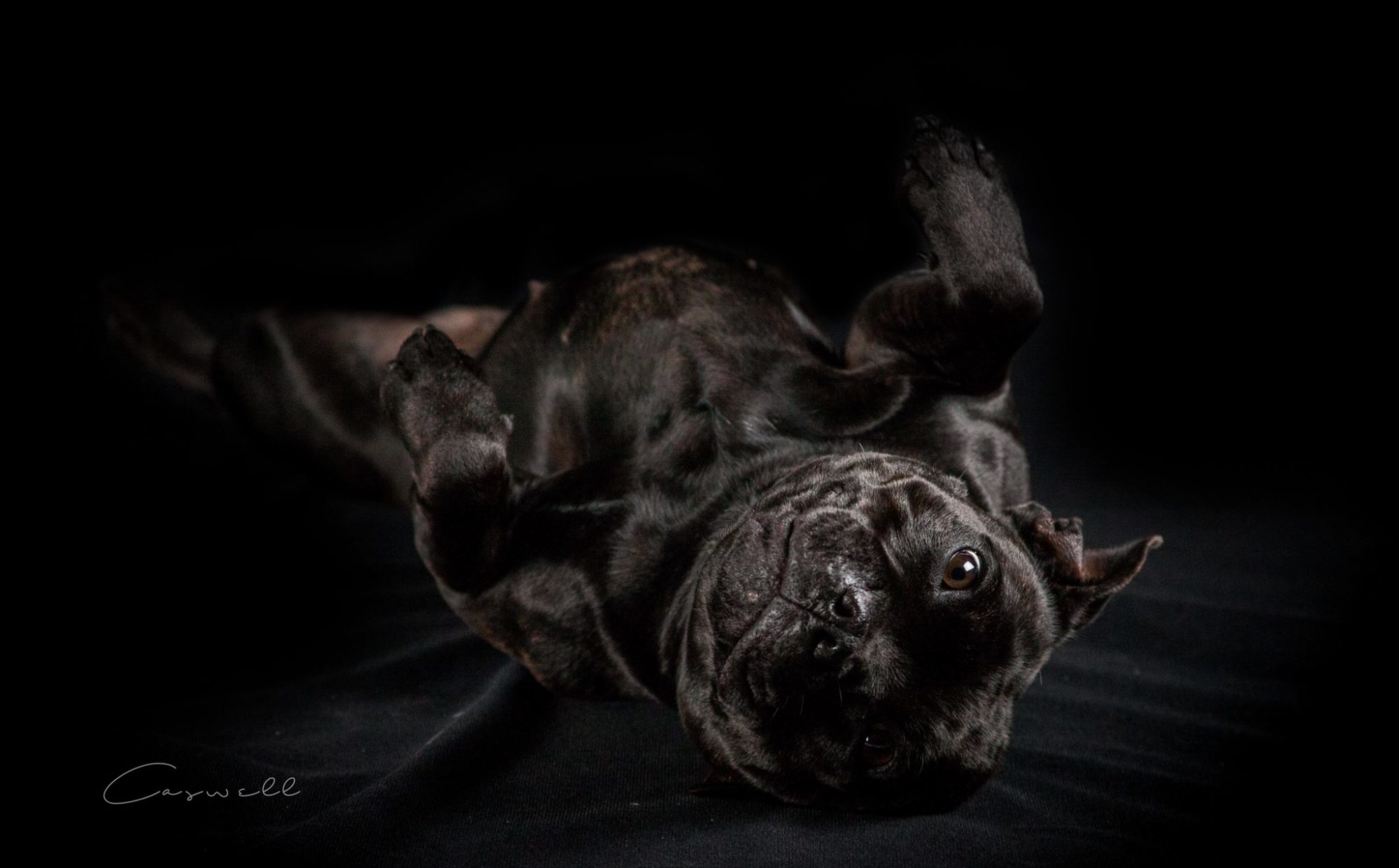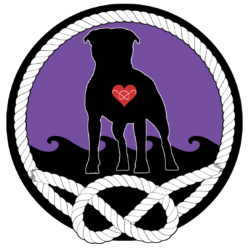Start reading and stop the madness:
I spent the weekend with my “peeps” – the veterinarians who practice Theriogenology – yup that is really a word. These are the veterinarians who bring your frozen semen back to life, who create the litter of your dreams, who safely and competently bring new life into the world. That is what we do, what we live to do professionally. Oh and most of us do this for fun, as our hobby, our passion as well. As if there are enough hours in the day.
So what is the madness? The spaying and neutering of all of our beloved pet dogs BEFORE they are sexually mature.
One of our presenters today was the famous Emeritus Professor Dr. Benjamin Hart and his wife and fellow researcher and author, Dr. Lynn Hart. The Drs. Hart have been retrospectively collecting and analyzing data on the incidence of diseases in the dog and how they correlate with the dog’s reproductive status – in other words, is there a link between being spayed or neutered and their orthopedic and behavioral health as well as their incidence of cancer. They, along with our friend Dr. David Waters are showing the evidence that spaying or neutering particularly at an age before puberty, is an unhealthy life choice for our dogs. The same is not universally true for cats.
The general and hopefully obvious consensus is that veterinarians went to veterinary school and into their careers because they love animals and to improve their health. What has happened is that the well-meaning plan of spaying and neutering our pets has not proven to be in the best interests of the same pets. None of us entered this career, after a minimum of 8 years of post-high school education and deeply in debt, to cause harm to our patients and their owners. But in reality, that is what has happened.
I believe as a group, the Theriogenologists, both board-certified and those with a special interest in Theriogenology, are uniquely positioned to lead our non-Theriogenology colleagues back to the new truth, the new normal.
Veterinarians are now seeing published research that shows the following – that pets spayed or neutered young, sometimes before puberty and sometimes before middle age are at increased risk of
1. Orthopedic problems
2. Behavior problems
3. Cancer
4. Obesity
5. Urinary incontinence
We will discuss each of these in more detail.
Veterinarians didn’t go to school to spay and neuter dogs so they could
1. sell clients on repairing torn cruciates, pain medications, and joint protectants.
2. Spend their days counseling clients on how to manage their fearful dogs.
3. Create new treatments for the assorted forms of cancer we see in these gonadectomized pets.
4. Counsel clients on increasing their pet’s exercise and managing their diet to manage their weight.
5. Help clients control their pet’s urinary accidents.
Spaying and neutering our dogs became a “thing” in the 1970s. Before that, anesthesia was dangerous. Owners didn’t have much money to spend on pets. Pets were still just dogs and cats, many of whom lived in the backyard or roamed the neighborhood. Population control was not a concern.
In the 40 plus years that have elapsed since the 1970s, pets have moved into the bedroom and in many cases, into the bed. They have become companions, family members and in many cases substitute children. The Millennials are using them as trial-run kids – if they can keep a plant and a pet alive, they may dabble in having children of their own. The Boomers like them to keep their home buzzing after they become empty nesters or widows and widowers. Children are learning responsible pet care and about the loss of a loved one when cultivating pet care skills. Society is concerned about the pet population issues and humane care of animals. Euthanasia is no longer an option when there is a population problem.
However, some of the changes in how society views euthanasia of homeless pets has lead to a lower standard of acceptable pet behavior. In past years, pets with behavior problems including aggression toward humans was not tolerated. If a dog or cat showed aggression toward humans of any age, they were not placed in homes, foster or forever homes. Now, we are making excuses for badly behaved dogs and cats – biting, scratching, and other forms of aggression are not only tolerated but embraced. We assume it is the result of poor socialization, stress, transport, or genetics. Additionally, we are seeing increasing numbers of dogs and in some cases cats, that suffer fearfulness, home destructive patterns, separation anxiety, noise sensitivity, and other previously poorly tolerated activities and behavior. Until this tide is stopped, the single best field for newly minted debt-ridden new veterinary graduates is clearly behavior medicine. Not only is there a surplus of animals in serious need of behavior modification and behavior-modifying drugs, the explosion of opportunities to practice tele-veterinary medicine will allow this group to practice from the comfort of their own homes and offices. They will be able to earn a handsome and well-deserved living while avoiding the costs and tribulations of managing their familial duties.
Unfortunately, despite mounting evidence in the peer-reviewed veterinary literature that spaying and neutering is causing harmful medical and behavioral conditions, many veterinarians are continuing to promote spaying and neutering every dog in their sites, at younger and younger ages. Yes, spaying and neutering young animals is an easier procedure. Yes, this helps with population control. Yes, our clients have become accustomed to having no responsibility for managing their pet’s sexual behaviors and activities.
I went to vet school to save lives. To create new and eagerly anticipated lives.
Many of my colleagues are slow to adapt to and adopt the new thoughts illustrated by the work of Dr. Benjamin and Lynn Hart, Iris Reichler, and Dr. David Waters among others. They don’t want to critically evaluate the literature. They don’t want to believe what it being published. They don’t want to learn to spay and neuter later in life or learn to do ovary-sparing spays and vasectomies, allowing our pets to remain hormonally intact while rendering them incapable of reproduction.
I can and will tell you we know the newly published information is true. We have seen this reality for the 38 years we have been in practice working with many clients who don’t wish to spay or neuter their dogs for the many reasons they put forth. These clients who want to retain their pets hormones should not be brow-beaten and belittled by the veterinary industry and their families who have been led astray by the animal rights extremists.
We have watched 3 generations of pet owners and many more generations of pets pass through our doors. We have seen fewer than 10 dogs who have died OF mammary cancer, ovarian and uterine, and testicular cancer. We have seen untold numbers die acutely of spleen cancer (hemangiosarcoma). We have seen many die of painful and debilitating bone cancer. We have seen far too many die lingering deaths from lymph node cancer. All of these are hard to diagnose and impossible to cure. On the other hand, breast cancer is easily diagnosed, even by clients with their bare hands. Treatment is straight-forward surgical excision of the affected tissues.
In addition to behavior issues, dogs and cats with serious medical problems, some short-term and other long-term, are not only accepted and corrected but used as fund-raising opportunities for themselves as well as a number of other pets processed by the same organization. Bleeding-heart stories are common – not only pets that are already owned by an individual but pets that are homeless and transient.
In some cases, the pets are left to suffer through long-standing and serious, painful and/or debilitating diseases only to be held out as a poster-child for fund-raising organization masquerading as a “rescue” group. Organizations such as HSUS and ASPCA share heart-wrenching photos, pretending the conditions shown are the norm, not the exception. This literally robs kind-hearted souls of their hard-earned money. Tragically, most of the funds from these organizations is funneled back into fund-raising efforts leaving only a tiny percentage going to the local hard-working organizations who genuinely do great work for abandoned and stray pets.
The following links to publications that are important and available to read on our website are:
https://www.smallanimalclinic.com/…/spay-and-neuter-controv…
Summary: Read and educate yourself on this life-changing and important procedure BEFORE you spay or neuter your dog or cat. Don’t rely only on your veterinarian as they may have a bias to spaying or neutering early as it is easier on them. Do what is the right thing to improve your pet’s longevity and quality of life. We can arrange a telemedicine consultation if that helps with your decision, based on your pet’s breed and lifestyle.


